We made it, they came, nobody retained. A startup failure story.
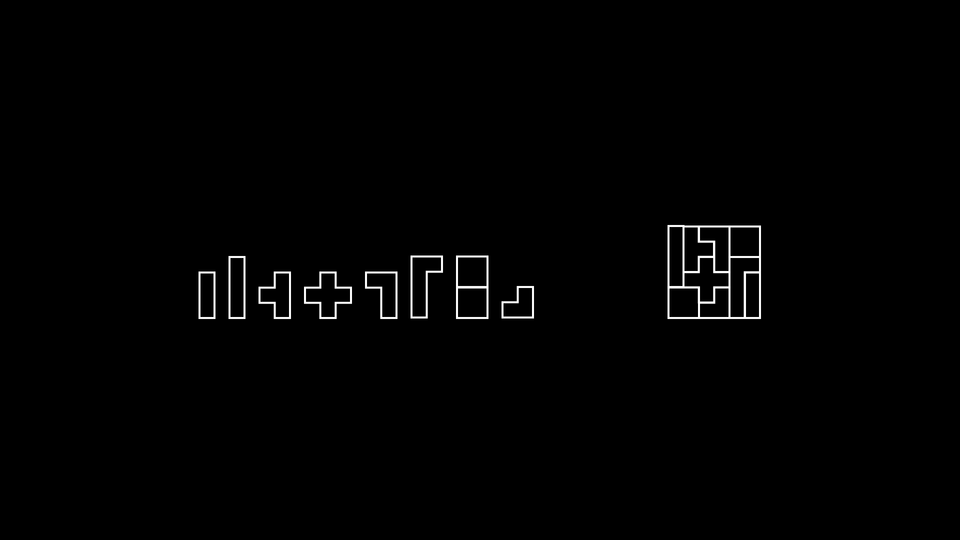
Header image (alt: Knowing vs understanding, credits: @visualizevalue)
This article covers a self-criticism about my startup journey between 2018 and 2020.
I have put critics for my decisions and share the lessons learned. I hope it will be useful for the ones who are planning to build a product & startup from scratch.
Get your tea or coffee and lean back!
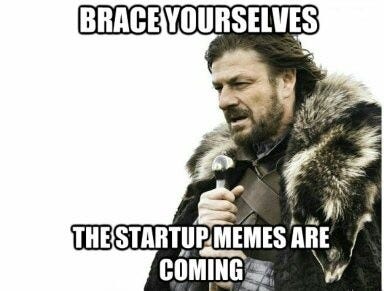
Day 0
Late 2017, the beginning of 2018 first time I met with Asana, Asana was a to-do list app literally. There were alternatives but the strongest was Jira. Jira’s UX was terrible, long page loads, you feel buttons are hidden somewhere. They improved recently but still its sh*t IMO.
So I have thought I can develop a project management software that has better UX. Also, we can do some analysis which could be useful for project planning.
We can add time estimation and person skill match for a new task. When the project manager puts a new task we recommend a team member for the assignment according to time availability and skill match.
Not a bad idea to be honest.
Team? I have some friends. Onur and Muhammed, We had to divide our roads with Muhammed at the early stage, but continued with Onur till the end. He was my co-founder.
Money? Self-funding.
Critics;
Okay, I had some problems with current project management tools but it was a mistake to start development based on a hypothesis without doing a proper “Customer Research”.
I prepared a survey to understand what kind of features PMs need. I have sent the survey to people in my network.
I have collected answers from almost 20 people. But the questions were biased and leading. I have asked "would you?" questions to people. This was a big mistake. My questions were like;
"Would you like to use ... ?"
"How much would you pay ... ?"
People are bad at estimating the future. They don't know if they will buy or use whatever you will offer them in the future. Investing in assumptions was not a good idea at all!
I recommend ;
If you are going to start a new project first pick a persona then ask questions in the present or past tense.
Questions should be like;
"What is the most consistent and painful problem you had in last year to/for X ?"
"What are the tools you are using to solve this problem(s)? "
"What are the reasons behind these problem(s)? "
"Did you solve the problem? If so how ?"
Answers that you will get to these questions will pinpoint the problem. It will give hints to solutions as well. Then you can craft problem-statement and user stories.
If you don't have strong user stories, your positioning will fail. If your positioning fails, your messaging sucks. They are all chained.
Launch day! (~8 months later)
We worked hard, I used to work 10–12 hours a day literally. 8 hours for my full-time job, then I continue at 2 to 4 hours according to my mental health at that day and weekends.

We have announced the v1.0 on Twitter and LinkedIn accounts. We didn’t have any marketing plan or launch strategy.
No sir! we will make it they will come.
Well, the launch was not that bad actually. After we shared on social media, I have started to see there is traffic coming from product hunt, Someone (Yaşar Koçal, I call someone because we didn’t know him, I swear) put our product to product hunt and we got listed there spontaneously. It was an unorganized launch indeed.
Both co-founders didn't have any product management experience previously. We were not able to realize the importance of websites like product hunt, beta list.
The Producthunt link is here btw.
Then someone (Fırat Demirel, again we didn’t know him at that time) put us on their e-mails list.
In two days we have got like 600 signups, we couldn’t sleep with Onur! We were very happy and excited.
Then our sign-ups dropped dramatically. Also, we have lost all users within 4 weeks almost. Very low retention. It was a very depressing time.
Critics:
We made it, they came but they all left us too early. Yeah, sad story!
We technically finished the project and launched without any marketing activity. But since we didn't do proper customer research our positioning was weak.
Also, we were very busy with technical challenges, had no time for marketing and business development.
I recommend ;
If you don't have enough resources (people, time, money), don't build big things. Be realistic! I am a dreamer-passionate personality like other entrepreneurs but just cool yourself and realize that you must go step by step.
I suggest building something that you can make an MVP in two months. Not more than that.
Also, if you're building a B2C product then it's essential to build an audience first. If it's a B2B product, again it's important to have an audience for exposure but it's essential to have contact points from the target businesses, companies.
If you are building a B2B SaaS that will replace their current tools then migration barrier matters. The value they will get should be bigger than the risk they take. Building migration helper tools will play a crucial role.
Also, don't try to do everything by yourself. Get more people involved.
Pivot & Product Death Cycle
Well, we lost all users in 4 weeks. It was a devastating situation. We have talked with users about why they signed up and why they left the product.
Most of them mentioned they liked the product but it's very costly for them to migrate. Also, our value proposition was not outstanding so they had some doubts about the value as well.
We decided to pivot. Patron.ai was not a project management system anymore, we were going to make it a gamification platform integrated with current project management tools. We aimed to increase productivity in the businesses by gamification. We set some features to develop. We made the integration with Jira. We re-activated the website.
We couldn't get enough traction. We made what the customer want but they didn't come again. We made a good job in terms of design & code. UX was relatively good. I applied some marketing tactics to drive traffic to the website. We got the traffic but still very low retention.
We listen to people, do some changes, fix bugs but no tangible outcome. This is called Product Death Cycle.
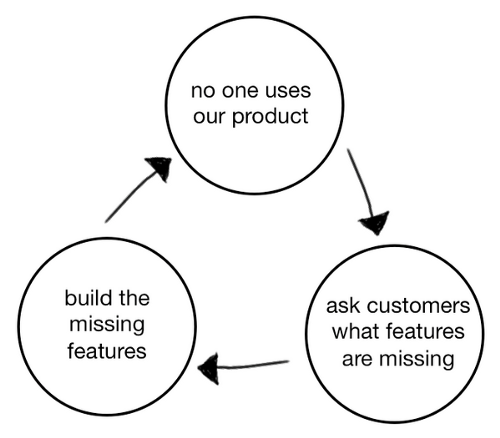
We were tired. I had to decide on whether continue to burn time, money, effort, or stop it.
Critics:
Pivot was a very early decision. Pivot means a new hypothesis for a fundamental change. And these hypotheses should be based on analytics & data. We should be paid more attention to measurements at conversion funnels and user journey maps.
But I was depressed and took the action by feelings. It was a mistake.
I recommend:
If you are in a situation that things are going in the wrong direction. Don't stress things to find a quick solution. Relax and don't move with feelings. Let the feelings go away first.
Then turn your face to numbers. First, check if your analytics doing well or not.
You need to understand where the users drop off. I recommend using Conversion funnels. Check AIDAOR framework (Attention, Interest, Desire, Action, Onboarding, Retention).
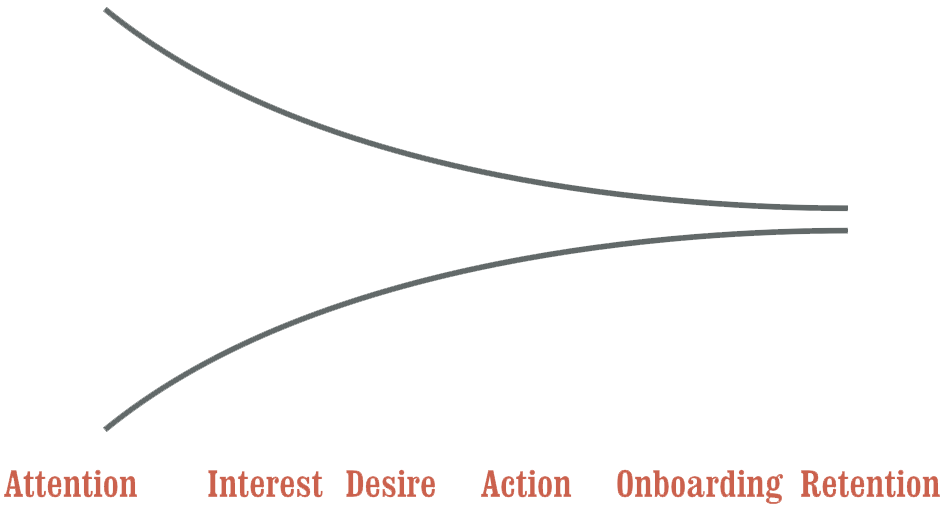
We will discuss funnels deeply in another article.
Besides the conversion funnels, one-to-one communication with users will play an important role. Talk to them face to face. Don't ask "would you?" questions learn about their past experience with your product and its alternatives.
Also, try to get the user journey recorded.(Hotjar like tools will help.)
If you can diagnose the problem, you have a chance to fix it. If the problem is on the landing page, fix it if there are problems in UX, then do the improvement. If you think there is a problem with the value proposition. Then consider the pivot.
Final
I have talked with my co-founder and we have stopped the operation. Patron.ai took a lot of time from us. But we learned a lot during the journey.
My co-founder Onur became a popular front-end developer. He found another job and built a very good audience around him on Twitter.
I tried to understand why my attempt didn't work. I wanted to learn the reasons behind the failure. Writing good code was not enough to succeed indeed. I started to read about Lean Startup, Product Management, Marketing. I have got courses and involved in communities.
One day! I will welcome you to this blog with new product announcements.
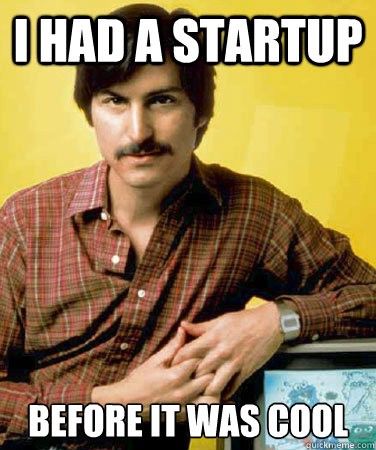
Hope you enjoyed my article! I will continue to write stories like this. If you want to get notified once new articles published, please don't hesitate to subscribe my blog. (No spam, promise)
Also, let's keep in touch at twitter(en) or twitter(tr).
All the best,
Ömer
Member discussion